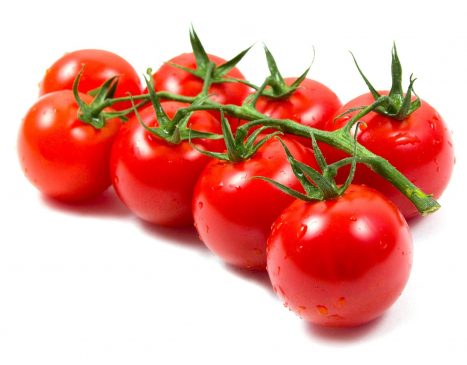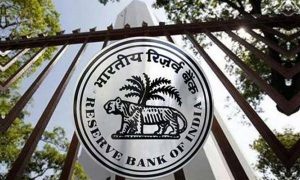RBI in its Bulletin July 2023 says episodes of high tomato prices are short-lived; they stay above Rs 40 for an average duration of 2.6 fortnights, whereas remain below Rs 20 for 10 fortnights
Even as tomato prices have reached as high as Rs 250 per kg in various parts of the country, the kitchen essential has “received widespread attention as it has taken a toll on households’ budgets”, according to the ‘RBI Bulletin — July 2023′. The RBI said tomato prices stay above Rs 40 for an average duration of 2.6 fortnights (or 39 days), whereas prices remain below Rs 20 for an average duration of 10 fortnights (150 days).
Read More:-Stock Market Updates: Sensex Jumps 350 pts, Hits Fresh High; Nifty Above 19,750
The central bank in the report also said the recent spike in tomato prices was on account of crop damage due to inclement weather and pest attacks in the major production belts. Here’s what the latest RBI Bulletin, released on Monday, July 17, said about the latest tomato price hike:
Historical Contributor To Inflation Volatility
Historically, tomato prices have been an important contributor to volatility in overall inflation. Its volatility also gets transmitted to prices of other vegetables in both retail and wholesale markets, according to the RBI Bulletin – July 2023.
Read More:-Gold Rate Today In India: Check Updated 22 Carat Price In Your City On July 18
Tomato High Price Episodes Are Short-Lived
Tomato, being a highly perishable item with a very short crop duration, exhibits considerable seasonal variation in prices but these episodes are short-lived.
“The average duration of a high price episode, derived from the Markov Chain transition probability matrix, shows that prices stay above Rs 40 for an average duration of 2.6 fortnights, whereas prices remain below Rs 20 for an average duration of 10 fortnights,” the RBI said in the report.
Read More:-How to transfer eSIM from one iPhone to another: A step-by-step guide
Tomatoes: Multiple Crop Cycle
Multiple crop cycles with varying time span across locations lead to more than one spell of price spike within the same year, it said.
While the yearly peaks have exhibited a general increase, the troughs have remained largely constant, indicating that prices do not ratchet up across spells.
Read More–How to save tax after selling a house in India – Explained
Tomato Price Elasticity
The RBI said empirical estimates show that even though margins (the wedge between wholesale and retail prices) respond to shocks, their elasticity to wholesale prices is low – for a one per cent rise in wholesale prices, the wedge increases by 0.1 per cent. Thus margins act as a shock-absorbing mechanism and, therefore, inflation in retail prices is less volatile than wholesale.
Tomato Prices Spill Over To Affect Other Commodities’ Rates
Spillovers from tomato price spikes to prices of other commodities and unhinging inflation expectations remain a major concern. Increasing amplitudes of price spells over the years calls for improving the supply chains to contain overall inflation volatility, it said.
Read More:-Customise Your Jio Mobile Number: How To Choose Preferred Number Combinations
For the last few weeks, the retail price of tomatoes has risen sharply and was ruling as high as Rs 244 per kg on Friday across major cities owing to the lean season plus heavy rains. Seeking to provide relief to consumers from skyrocketing tomato prices, the central government is selling tomatoes in various parts of the country at a discounted rate of Rs 90 per kg.
Catch latest stock market updates here. For all other news related to Business , politics, tech, sports and auto, visit OfficeNewz.com.





































